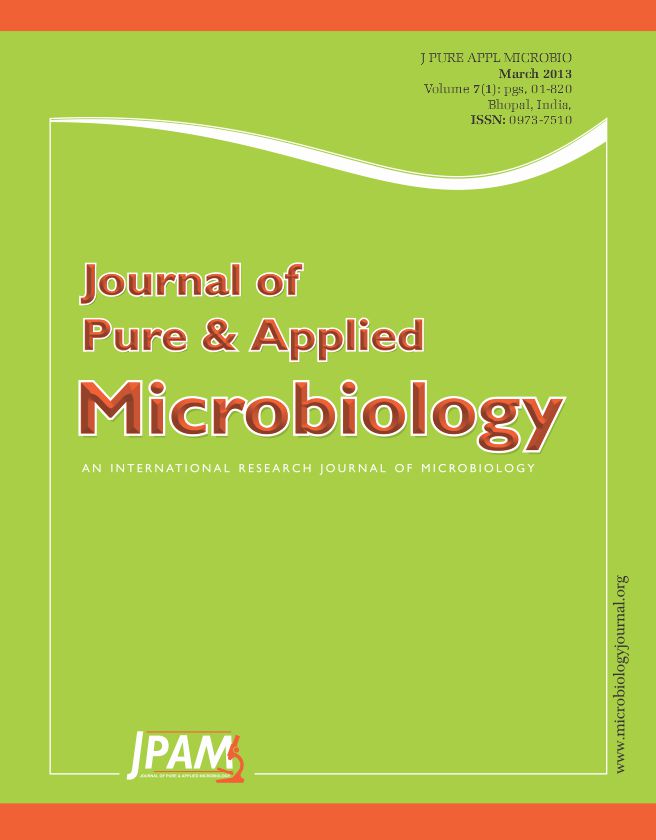The purpose of this study was to apply different diagnostic techniques for characterization of Candida species in urine samples from renal failure patients using urinary catheters. Results showed that 20 % of renal failure patients were suffering from candiduria. Females were more affected than males (64% versus 36% of culture positive cases). Diabetes mellitus and catheterization were the obvious risk factors. Different Candida isolates showed variations in their phenotypic (macroscopic and microscopic) characteristics when cultured on CHROMagar Candida, corn meal agar and bovine serum. Candida albicans was the most common species being isolated from 54% of positive cases. C. krusei (Teleomorph: Pichia kudriavzevii), C. glabrata and C. tropicalis were respectively identified in 24%, 16% and 6% of samples. Positive germ tube test (in serum) and production of chlamydospores (on corn meal agar) were only confined to C. albicans. Sequencing of rRNA gene (18S covering ITS1 and ITS2) confirmed the identification of the four Candida species. In vitro antifungal sensitivity test (disc diffusion method) revealed that all Candida strains were inhibited by Amphotericin-B and Nystatin. Other compounds as Clotrimazole, Itraconazole, Ketoconazole, Tioconazole, Fluconazole and Sertaconazole were effective against 50% – 67% of Candida strains. All isolates of C. glabrata were resistant to Clotrimazole and Sertaconazole.
Candiduria, Renal failure patients, CHROMagar Candida , rRNA gene sequencing
© The Author(s) 2014. Open Access. This article is distributed under the terms of the Creative Commons Attribution 4.0 International License which permits unrestricted use, sharing, distribution, and reproduction in any medium, provided you give appropriate credit to the original author(s) and the source, provide a link to the Creative Commons license, and indicate if changes were made.


